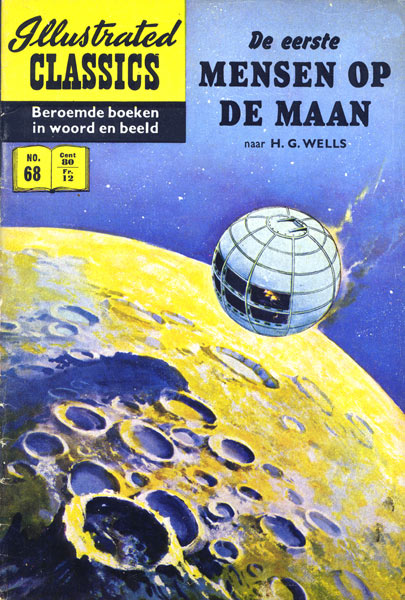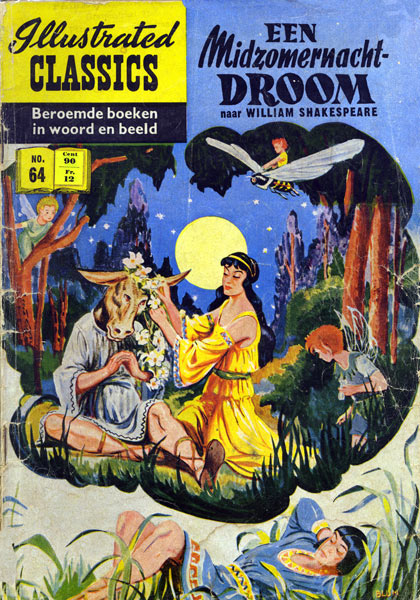Comics History
Dutch Comics 1950-1967
By the 1950s, Holland had recovered from the War and started to enjoy a better state of welfare. This was characterized by the emergence of many different political parties, and a strong connection with their voters, who all subscribed to different newspapers which promoted their own visions. More newspapers meant more room for comics, and newspaper strips became a booming business.
Many of these comic strips came from the famous Marten Toonder Studios, such as the strip 'Koning Hollewijn' above. But other artists also found their way into the newspapers, for example, Siem Praamsma with 'Ootje Teur'.
Carol Voges, also known for 'Pa Pinkelman' and his work on the Dutch Donald Duck Weekly Magazine, wrote and drew 'Jimmy Brown', which appeared in several newspapers and later in album form.

Bob van den Born earned international fame for his "silent" strip 'Professor Pi', about a philosophical and sometimes absurd little professor.
Another newspaper strip from this period that is fondly remembered by many, is 'Tante Patent' ('Aunt Patent'), not in the least because it was written by famous Dutch children's books writer Annie M.G. Schmidt, but also because of the visual credit of the drawings of Fiep Westendorp.
With the ban on overseas comics gone, there was a renewed interest in comic strips and movies that came from America in the early 1950s.

The imported 'Tarzan' comics made a very big impact here and were copied by many comic artists, especially Dick Vlottes, who drew a 'Tarzan' series from 1955 until 1960.












